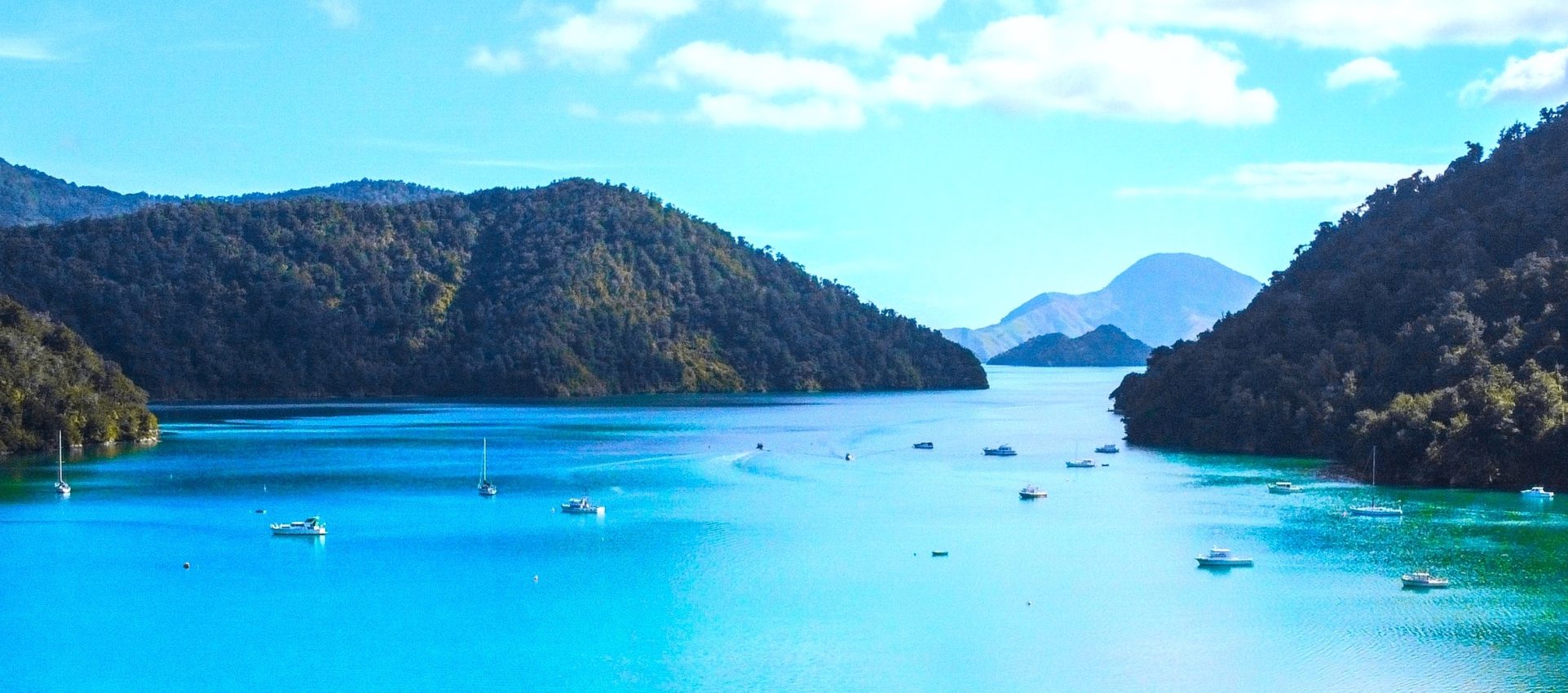
HOW MUCH DOES A FLOATING PONTOON JETTY COST?
A ROUGH PRICING GUIDE TO HELP YOU BUDGET FOR YOUR NEW FLOATING PONTOON JETTY.
Here’s a guide to help you budget for your new beautiful floating pontoon jetty.
First up, just like for our page on pricing your jetty build, please use this information in the context that it is written. Obviously we can’t yet give you definitive quotes or even estimates; so use these figures as a rough guide to get started with your budget. We can help you from there if you give us a location and your wishlist. Please note that all costs noted below exclude GST.
If you’re at the stage of needing a firm quotation or an estimate, please give us a call, or email us, ideally with your existing fixed jetty location, or intended location marked on a map, a rough outline of what you are hoping to construct, any existing resource consent information, and your current thoughts on the project. We can then get back in touch to discuss your plans and provide you with an estimated price for the work programme.
Location Requirements
It is worth investing in an engineer’s assessment of whether, in their expert opinion, the proposed site is suitable for a floating pontoon jetty. Proximity to large ship wash, or fetch caused by a strong prevailing wind or severe weather conditions, or even high nearby water traffic or swing moorings in close proximity, might mean a fixed jetty only, or worse still, no jetty will be consented.
We work alongside selected Marlborough engineers to jointly develop plans that maximise the floating pontoon jetty site. As the final construction price is highly reliant on the engineer’s plans, it’s a good place to have strong collaboration and our early input.
Anyway, how much does a Floating Pontoon Jetty cost to build?
Your floating pontoon jetty will have four components:
- Fixed Jetty connected to shore access, normally requiring some basic foreshore construction,
- Linkspan or walkway connecting fixed jetty and pontoon, that moves up and down with the tides,
- Floating Pontoon structure – normally concrete base or a series of plastic floating pontoons affixed together, with timber decking topsides and timber rubbing rails, and
- Anchoring system to securely fasten the floating pontoon to the seabed and fixed jetty, using warp to screw anchors, chains to mooring blocks, or sometimes piles (not our preference – ask us why?).
Let’s cover off costs for each of these four elements.
1. Fixed Jetty component
First let’s cover off the fixed jetty that your floating pontoon will be attached to. The price for a basic fixed jetty build (excluding engineers fees and consent fees) to attach your floating pontoon jetty onto, will depend on the length required, but is likely to be shorter and narrower (1.8m instead of 2.4m) than if you weren’t adding a linkspan (walkway) to your floating pontoon. This will reduce the number of timber or iron piles required. We might be able to build this under $50,000 in some cases, depending on access requirements, but some fixed jetties can cost over $100,000.
2. Linkspan
A simple 1.3m wide aluminium linkspan will cost around $3,000 a metre. You’ll need at least 5 metres length in the Queen Charlotte Sound and more for the greater spring range* tides in the Pelorus Sound.
An alternative is to build a wooden reinforced linkspan providing a more desirable aesthetic. We could use hardwood to create a striking finish as an alternative to pine, stainless steel or aluminium.
3. Floating Pontoon
A 9x3m concrete pontoon delivered by truck to the barge will set you back around $36,000. Cutting back on size to a 6x3m concrete pontoon might save you cash, but depending on the location, this could create bucking on the platform with wind, tide and/or boat traffic.
Using plastic pontoons and a modular build is much cheaper but requires more maintenance and may not last as long, so consider the trade-offs. We can make some initial recommendations but your or our engineer will advise on best platform for your proposed location.
4. Anchoring System
Often forgotten during the back of the envelope pricing, the underwater anchoring system represents a critical part of the substructure of the project. Depending on the location, mooring blocks sitting either side of the floating pontoon secured by chains can suffice. Further chains tie the floating pontoon to the fixed jetty structure.
Another option is use of elastic (bungy-like) warps connected to screw anchors and terminal tackle hold the floating pontoon in place.
Finally, driving timber piles into the seabed with the pontoon riding up and down these guide poles is often used. This does present a danger hazard, particularly for children. The constant pontoon movement forces the floating platform against the piles. This also creates noise and rubbing which may be undesirable.
We can discuss the best options together with the engineering team. You should budget for $30,000+ for a comprehensive anchoring system, with even simple chains, tackle and mooring blocks costing $15,000 plus installation costs of up to a further $10,000 depending on jetty location.
Engineer & Consent Fees
You’ll need to factor in designing detailed structure plans, engineers’ fees (worth every penny), site inspections, Council consents, plus a decent bottle of your favourite tipple to celebrate your new pride & joy, of course.
Your engineer will likely estimate in the vicinity $7,000 to $12,000 to draft the plans for your floating pontoon jetty and to oversee the job, plus additional fees for drafting and filing consents and attending various meetings.
Every job is different and expert help is critical to the job progressing smoothly to completion. You’re likely need them and us to help prepare and file your Building Consent or Resource Consent application so you’ll need to put some of your budget towards the consent process too.
Marlborough District Council – Consent and Other Fees
These can vary depending on the complexity of the Permit/Consent/Code of Compliance being sought. Council fees may be charged for factors such as re-submitting or providing additional information, recurrence of inspections, changing your requirements partway through, lapsed consents and some inspections by boat for zones 4(a) and 4(b), plus a myriad of other stuff.
Here’s a starting point:
Resource Consent – $1,000 including GST to file this.
Building Consent (depends on zone and value) for your jetty: Hmmm, between $413 to $3,811 as a guide. Best to refer to page 8 of this brochure for pricing. It’s not completely straightforward.
Price Range for Floating Pontoon Jetty
Adding up the various components above means building and installing a new floating pontoon jetty could cost you upwards of $130,000 plus engineers fees. If you are adding a simple floating pontoon and linkspan to your existing fixed jetty in the Marlborough Sounds, this addition will likely cost at least $65,000 plus engineers fees.
These cost guides are highly generalised though, so please check in with us for a free assessment of your proposed jetty project. We can talk through the various options available to you and help you to engage a local engineer who has capacity to take on the detailed planning for your beautiful new floating pontoon jetty or jetty extension.
Don’t Overpay.
Probably the best thing to remember is our Pier Two Pricing will ensure you don’t pay more than you need to. Get a couple of quotes if you like – try us out!
Check out our Pier Two Guarantee on every new jetty build. This gives you FREE quarterly checks to tighten up above water jetty bolts (and there are plenty to tighten!) and to double-check timber fit and our workmanship throughout your first two years of new jetty ownership. This free service doesn’t cover underwater diving to adjust your floating pontoon warps or chains though.
Our Pier Two commitments are designed to make sure:
(1) you don’t overpay, and
(2) you get what you pay for.
What you will get is a beautiful floating pontoon jetty you can be proud to pull up to at every visit. It’s a cliche, but that joy will be celebrated long after the construction, engineering and consent costs are forgotten.
*The Spring Range is when the range of the tide is greatest between the Mean High Water Springs (MHWS) & the Mean Low Water Springs (MLWS).
MHWS and MLWS are calculated as the average of the levels of each pair of successive high waters, and of each pair of successive low waters, during that period of about 24 hours in each semi-lunation (approximately every 14 days) when the range of tide is greatest (the Spring Range).

